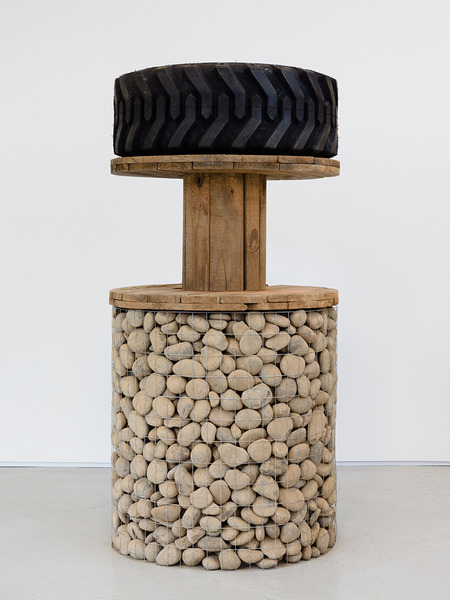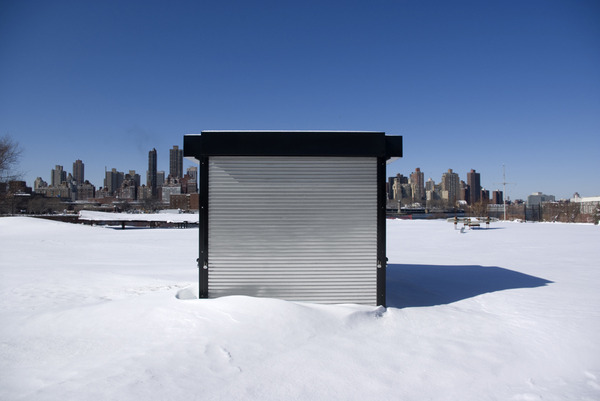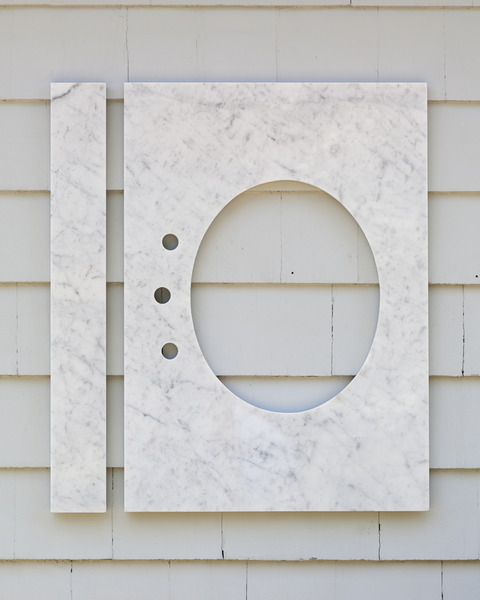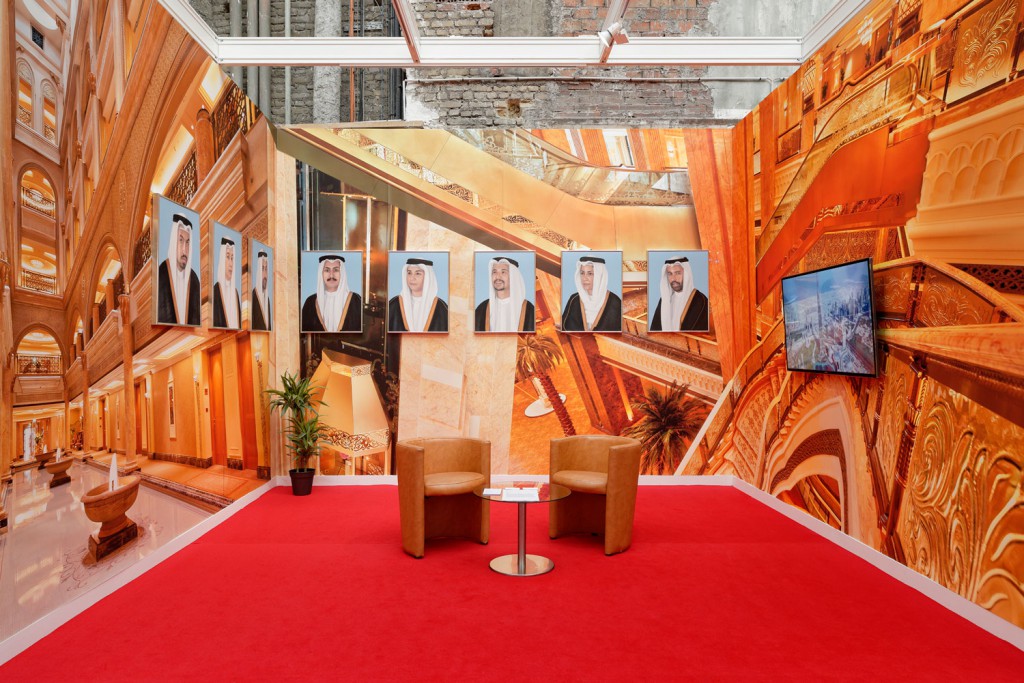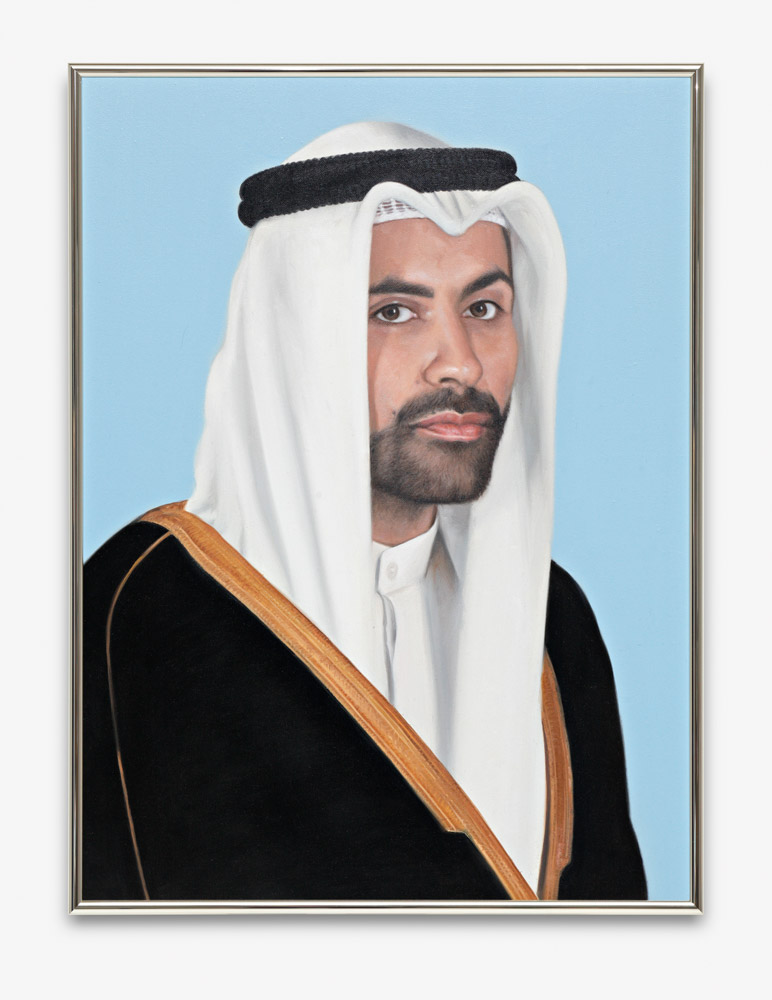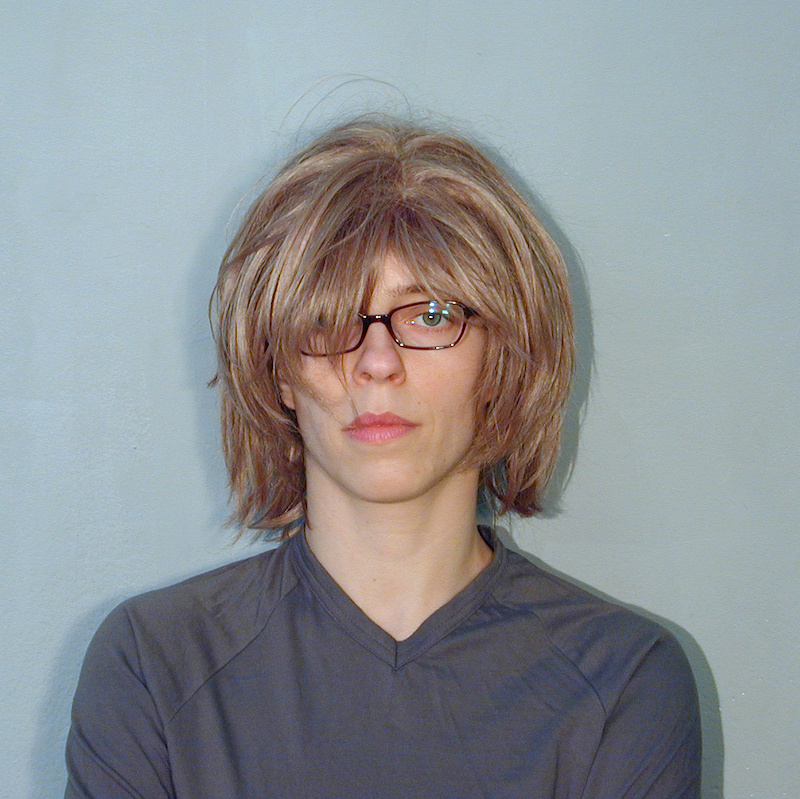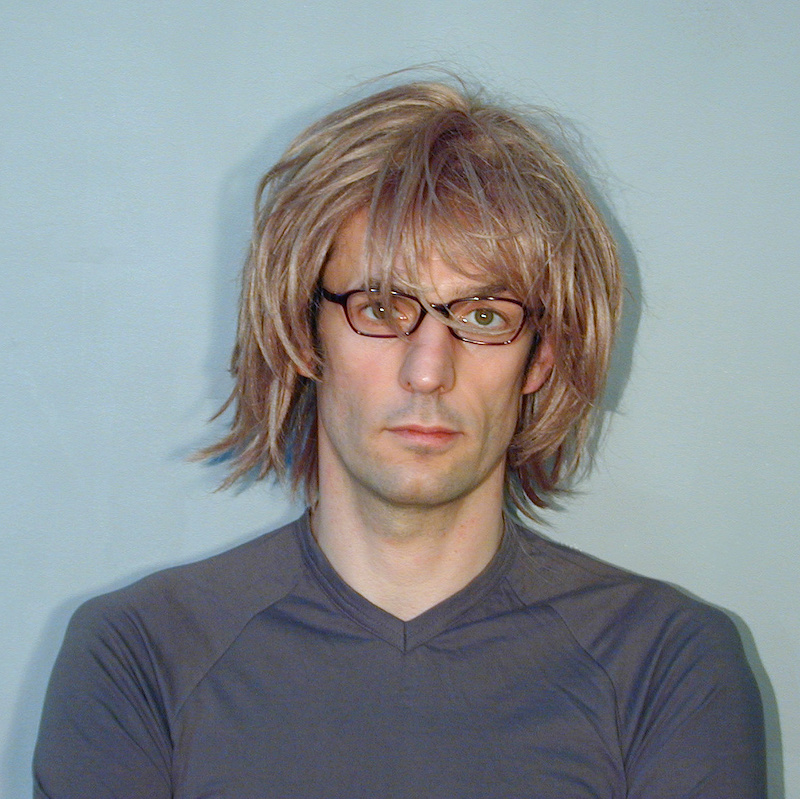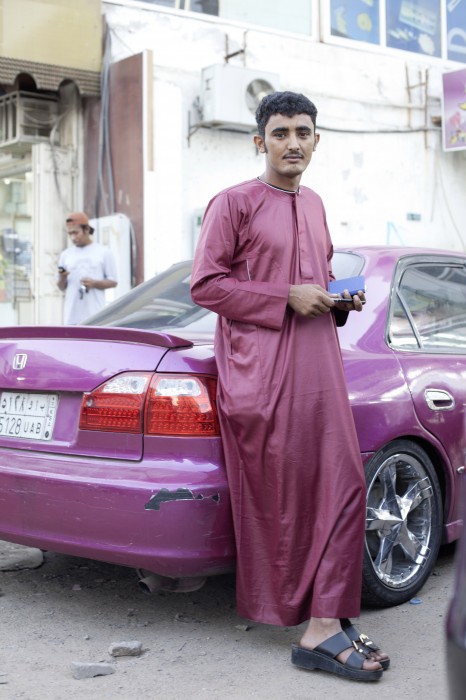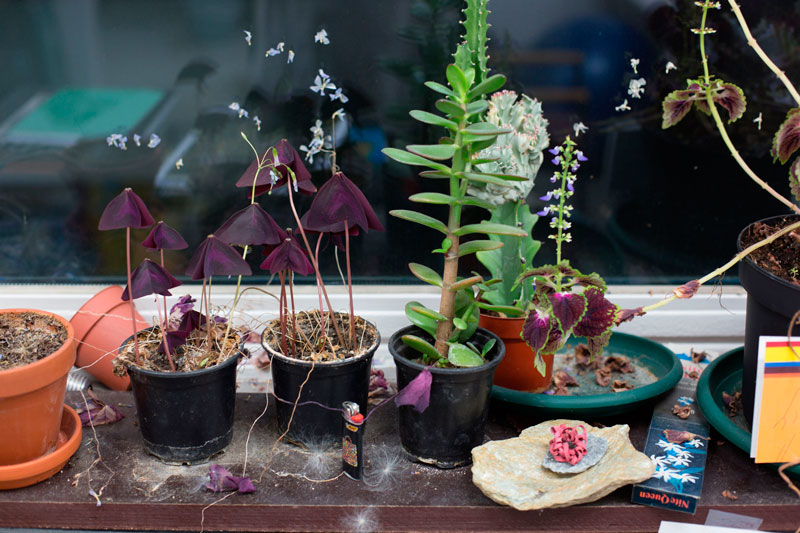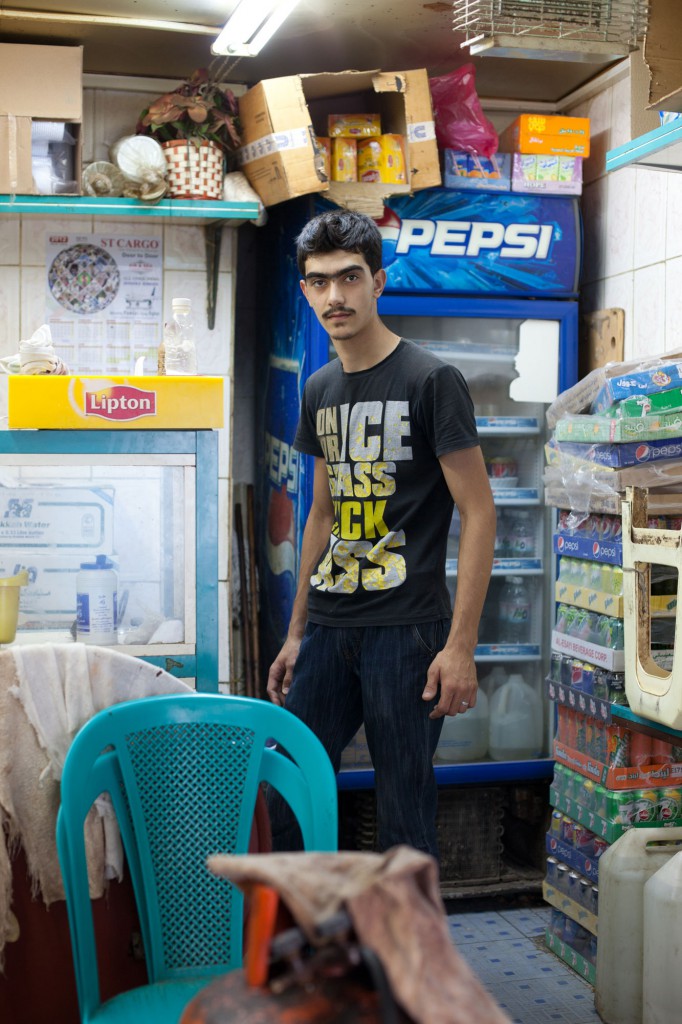Charles Harlan, Stack, 2015, Roll Gates, 2012 and Counter, 2013
Drawing inspiration from Land Art of the 1970s, Harlan avails himself of the most common materials at hand – including such hardware store staples as ladders, shipping palettes, and one-ton metal pipe – in his large industrial works. Huge in scale, Minimalist in form, and shown both indoors and out, Harlan’s art has often been referred to as Duchampian in its reliance upon readymade components, its deceptive simplicity, and it spatial humor. His stacking and layering of recognizable, utilitarian materials renders surprisingly potent forms that invite unexpected associations.
Charles Harlan sculpture and work invites contemplation of the ways in which we adapt to and absorb the toughness of the urban landscape. Pristine, immutable walls are made from the same sheet metal fencing that encloses myriad outdoor parking lots and construction sites, and hosts graffiti and flurries of advertisements throughout the cityscape. But whereas the world around us is wild and feral, Harlan’s work is carefully ordered, throwing into higher contrast the realms of tumult inside.
Harlan was raised in Smyrna, Georgia, and his work exhibits a vernacular, domestic flair, as if the suburban housing tracts featured in Dan Graham’s Homes for America (1966) were taken apart and repurposed as elegant, redneck Minimalism. With Shingles (2011), for example, Carl Andre’s floor-based metal works meet their working-class counterpart, as copper plates are exchanged for patterns of overlapping asphalt roofing tiles; Siding (2011), meanwhile, replaces Donald Judd’s shiny metal cubes with the work’s namesake – and very plebeian – exterior vinyl wallcovering found on many a tract house; and by simply lifting a marble countertop off the bathroom sink and onto the wall, Counter (2012) proves that even the slightest of gestures, such as a change of orientation and context, can render foreign something familiar – the everyday as convincing art object. Similarly, with Pipe, it’s as if one of Nancy Holt’s Sun Tunnels (1976) was transported from the desert to this small, white cube gallery on the Lower East Side.
Equally industrial as Holt’s work, though perhaps more refined-looking with its clean metal surface and, when struck, resonant timbre, Harlan’s invasive culvert more closely pressures the thin distinction between rote object and institutionally legitimated artwork. Even if they’re in the middle of nowhere, Holt’s tunnels are art because the artist presents them as such; Pipe is equally authored and institutionalised. That it’s a pipe is precisely the point. While it’s a beautiful object, it illustrates how arbitrary ‘art’ really is. The term may designate anything, from a painting to a pickle in a jar. The latter, displayed in the gallery’s back office, is sold by Harlan’s mother in her hardware store; it could be an artwork too, if he willed it.
